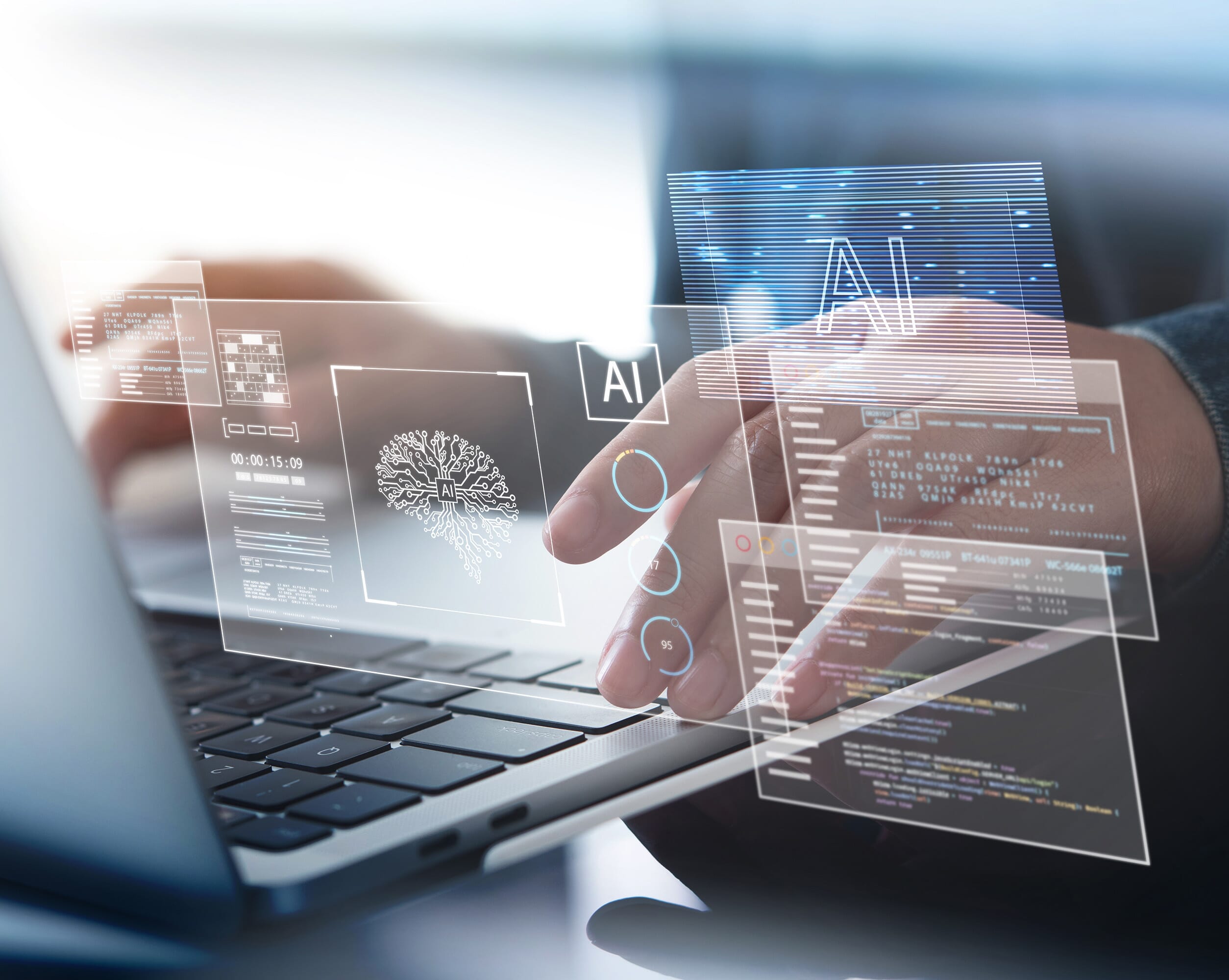
How AI is changing payroll in the UK
How AI is changing payroll in the UK (2025 Playbook for HR and Payroll leaders)
Artificial intelligence (AI) is reshaping how payroll is processed, audited and secured in the UK. As HMRC compliance grows more complex and data volumes rise, organisations are turning to AI-driven payroll solutions to automate calculations, detect anomalies and deliver real-time insights.
In this guide, we explore how AI is improving payroll accuracy, reducing compliance risk, and helping businesses scale smarter – plus a practical checklist for choosing an AI-ready payroll partner.
The State of Payroll Automation in the UK
AI adoption in payroll has accelerated. Accordingly to industry surveys, over 60% of UK companies plan to adopt AI-based automation in HR and payroll systems by 2026.
The drivers include:
- Compliance complexity: frequent HMRC, PAYE, and auto-enrolment changes.
- Labour shortages: fewer payroll specialists available for manual checks.
- Error costs: fines and reputational damage from incorrect payslips or late filings.
- Employee experience: demand for faster, self-service access to payslips and real-time pay updates.
5 Ways AI is Transforming Payroll
- Automated Data Validation: AI algorithms can flag inconsistencies in gross-to-net calculations, incorrect tax codes, or mismatched pension data – before submission to HMRC.
- Predictive Compliance Monitoring: Machine learning models track payroll patterns to predict potential compliance breaches or anomalies, reducing risk exposure.
- Natural Language Processing for Queries: Chatbots and AI assistance now handle routine payroll questions (“Why is my tax different this month?”), freeing HR teams for higher-value tasks.
- Enhanced Fraud Detection: AI can identify unusual payment trends or duplicate entries faster than manual audits, improving payroll security.
- Smarter Forecasting and Workforce Planning: Integrating payroll data with AI analytics helps finance and HR teams forecast labour costs and plan headcount more accurately.
The Business Benefits of AI in Payroll
| Benefit | Description |
|---|
| Accuracy | Fewer manual errors, improved reconciliation |
| Speed | Faster processing and approvals |
| Compliance | Continuous audit trails for HMRC |
| Employee trust | Transparent, error-free payslips |
| Cost efficiency | Reduced admin overheads and rework |
Risks and Considerations Before Adopting AI Payroll
- Data privacy & GDPR: Ensure your vendor is UK GDPR compliant and encrypts payroll data end-to-end.
- Explainability: Demand clarity on how AI algorithms make decisions (especially in compliance-sensitive areas).
- Integration complexity: Verify API readiness with HRIS, accounting, and benefits systems.
- Change management: Upskill payroll teams to work alongside AI tools, not against them.
Choosing an AI-Ready Payroll Outsourcing Partner – Checklist
✔️ Local HMRC expertise and full RTI submission support
✔️ ISO 27001-certified data security framework
✔️ AI-powered reconciliation or anomaly detection features
✔️ Real-time dashboards and predictive alerts
✔️ Transparent pricing and service-level guarantees
What’s Next – AI + Human Expertise
AI isn’t replacing payroll professionals; it’s augmenting them. The winning payroll strategy in 2025 combines automation for routine tasks with human oversight for judgement calls and compliance assurance.
Pro tip: When evaluating providers, look for evidence of both local compliance expertise and proven automation technology – this combination drives the highest ROI.
AI-driven payroll is no longer futuristic – it’s a 2025 business reality. For HR and payroll leaders, the opportunity lies in using automation to increase compliance accuracy, reduce manual effort, and elevate employee trust.